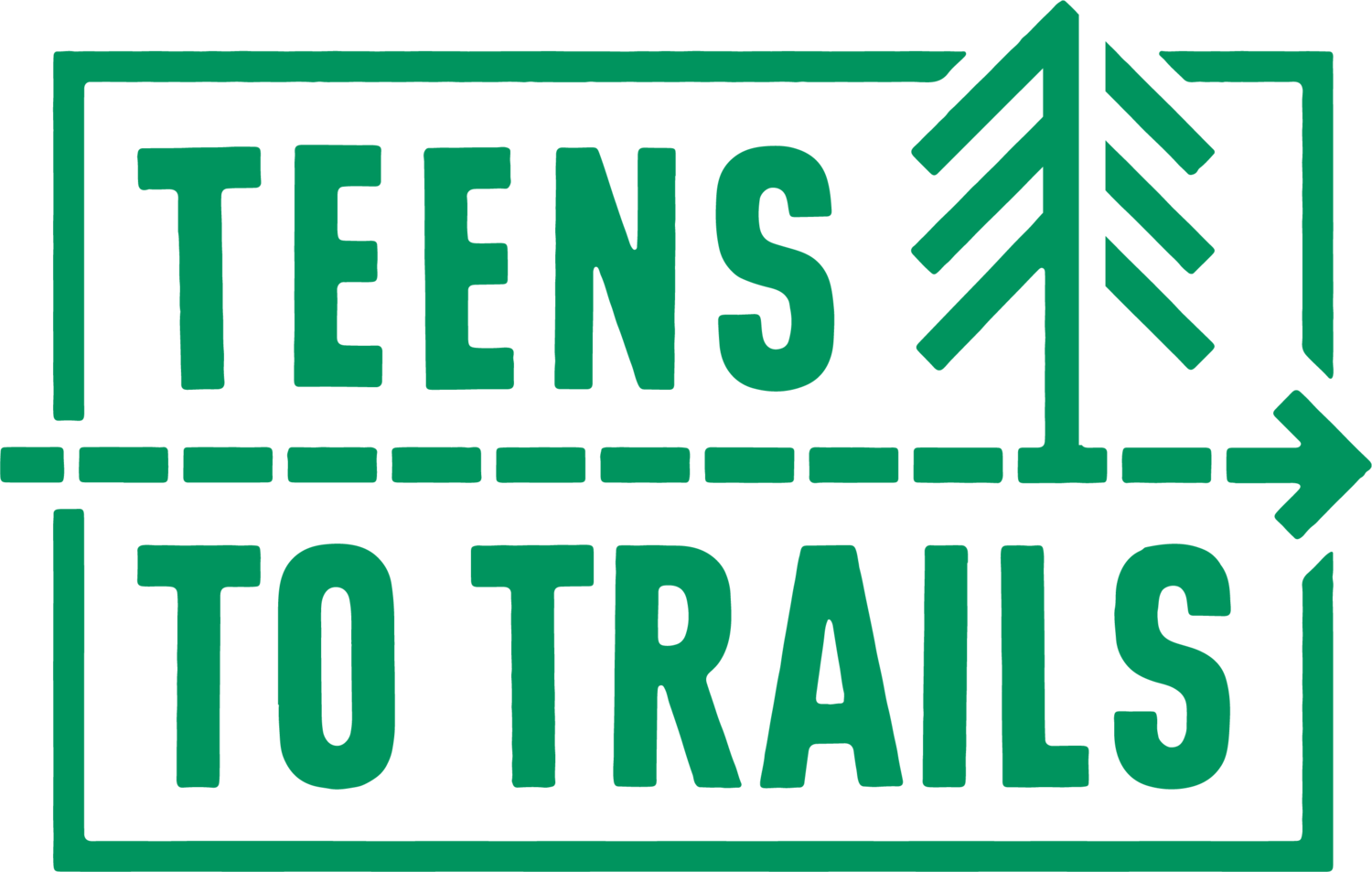
Risk Management and Emergency Preparedness
“May the coming year
Be one that is not feared.
Take the risk and dare
Remembering that we care.”
— Catherine Pulsifer
Every day we make choices to minimize risk—dressing appropriately for the weather, eating a healthy diet, walking on the sidewalk— to help us navigate our way through life avoiding accidents and injury. Outdoor club activities can be carried out in a way that minimizes risk. In the outdoors, the risks are often different from the ones we encounter in our daily lives, so it is worthwhile to consciously integrate risk management into outdoor club activities. Here is a brief overview. Below is a more detailed discussion of how to incorporate risk management into outdoor club activities.
At the start of each school year:
Decide what types of trips are appropriate and attractive to our students (revisit this topic regularly)
Confirm school liability/insurance/policies cover planned activities
Brainstorm talking points about risk to present to the administration, parents, teachers/outing club advisors and students so that they understand that risk is inherent and even desirable and the club has policies in place to minimize risk.
Trip Planning for the School Year
Have permission forms/waivers that will be signed for each participant for each trip
Require complete medical information for each student
Develop or review standard procedures for dealing with emergencies and standard operating procedures for common scenarios for example: lighting, swimming or camping during hunting season.
Identify goals for leader and student skills development
Identify actions to foster a culture of inclusivity; including before, during, and after a trip
Plan ways to support positive group dynamics
Planning Individual Trips
Create a trip plan including goals, logistics, transportation, food, group and personal gear, activity plan, time plan—including departure and return
Set realistic group goals and expectations
Identify potential hazards on a trip and minimize risk by identifying what will be done to minimize the risk for each hazard.
Create a decision-making plan
Include a communication and trip evacuation/emergency plan
Understand how human risk factors, (FACETS), can impact an outing
On a trip
Implement the plan for the trip, be sure it is understood by all participants and adapt as needed
Assess weather predicted for the trip, and address its impact beforehand
If traveling, establish a pace--stay together- identify a leader and a sweep
Hydrate and eat
Use good hygiene practices
Pay attention to leadership and group dynamics
Follow an outdoor ethic such as leave no trace
Confirm every participant knows what to do if he or she gets lost
Evaluating and Improving
After your trip: review what went well and what did not; identify learnings for the next outing.
First Aid Kit
Although it takes more time and effort, we recommend building your own first aid kit so that you have supplies tailored to your needs that will last longer. First Aid kits are available for purchase, but may not be equipped for your particular trip and size of group.
-
Antiseptic Wipes for disinfecting wounds
Assorted Adhesive Bandages to cover different sized cuts or wounds
Compound tincture of benzoin to help seal cuts and wounds
Antibacterial ointment to help prevent infection
Gauze pads to clean wounds and apply ointments
Medical adhesive tape to secure bandages
Butterfly bandages to cover small wounds and cuts
Nonstick sterile pads to prevent infection around wounds
Blister treatment pads to help heal and prevent blisters
Insect sting relief treatment
Safety pins to secure bandages, slings, and dressings
Tweezers to remove ticks and splinters
Antihistamine to treat allergic reactions
Ibuprofen or other painkillers
-
-
Premade kits come in different sizes and are specialized for different kinds and lengths of trips, so when looking for a premade kit, it is useful to be aware of these factors.
Medical tools like thermometers, tweezers or splits are in most all kits.
Premade kits don’t always come with supplies such as poison ivy treatment, tick-specific tools, or special need requirements such as EpiPens, so be sure to consider whether or not you may need these.
Most premade kits come with the minimum of bandages, gauze products, medications, moleskin, topical relief items, tape, scissors, and tweezers.
Follow this link to Shop First-Aid Kits
Useful Resources and Training Opportunities:
Some recommended training includes:
CPR certification
Wilderness First Aid (WFA)
SOLO (Teens to Trails is hosting a course April 1-2, 2023)
Educator Trip Leader Permit (required to comply with Maine Law if doing overnight trips to primitive settings, or any activities on water)






